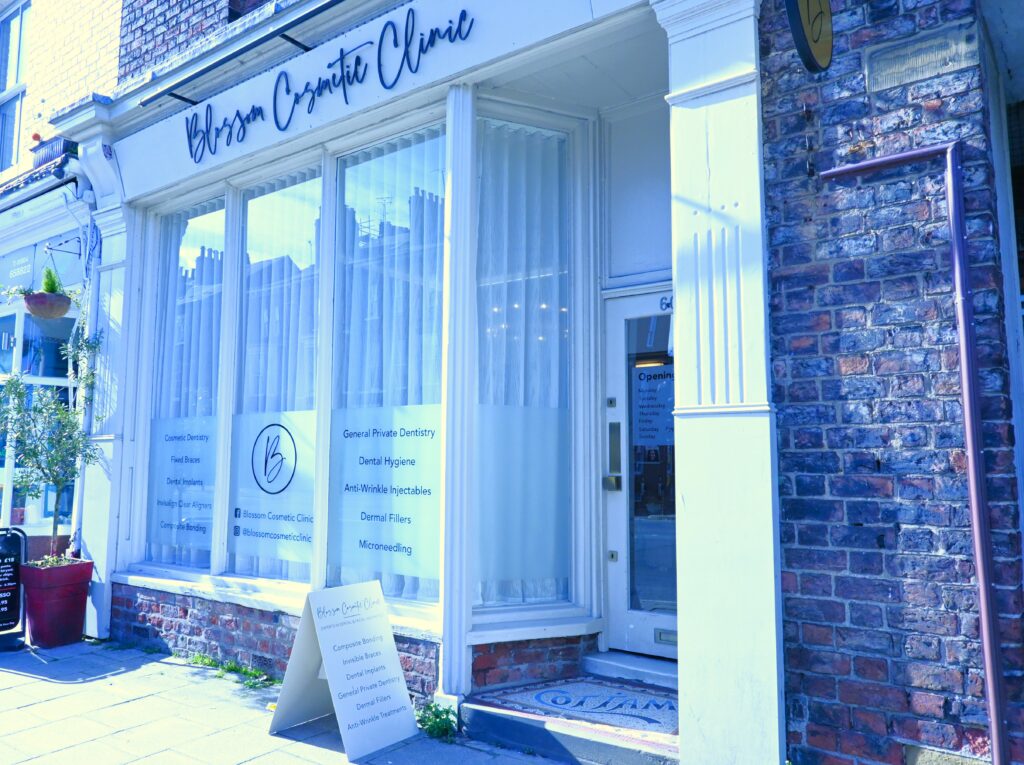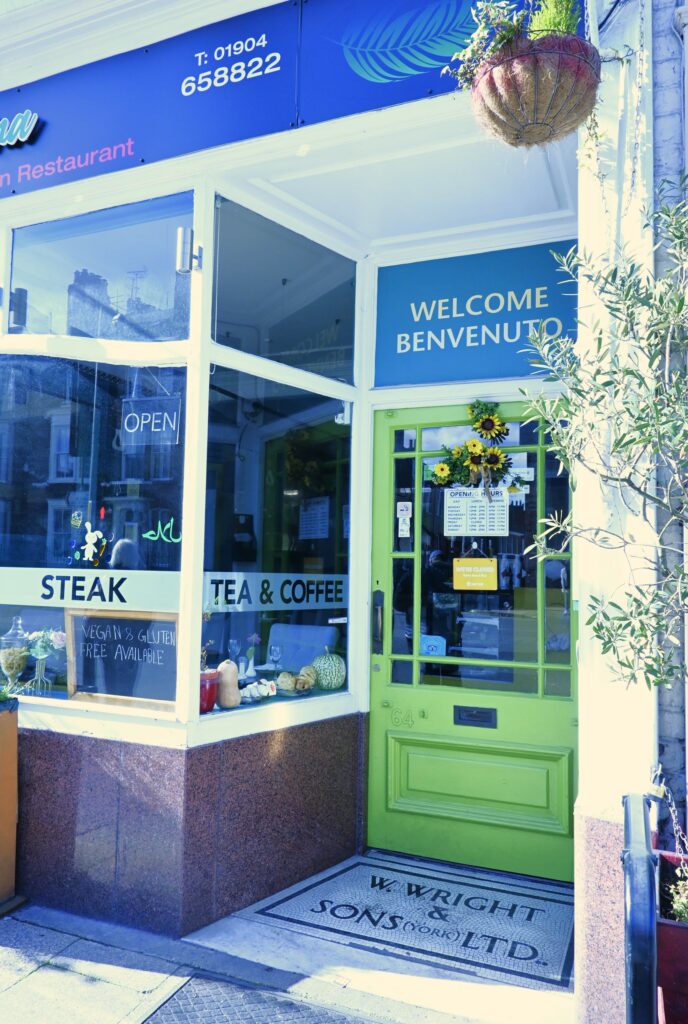Welcome to our Mosaic Ghost Signs Walking Tour of York! Embark on a fascinating journey through the historic streets of York to discover the stunning mosaic ghost signs that adorn our city.
This 20-minute walking tour is designed to guide you through the hidden treasures and forgotten stories encapsulated in these beautiful works of art.
The Route
Click here to follow along with Google Maps.
1. Rieveley
Starting in the centre of town, the doorway of 17 Colliergate houses the striking mosaic reading “Rieveley” in black cursive font.
John Wilfred Rieveley worked here, a notable corn and seed merchant of York. His passion extended beyond the grains and into the hearts of pet lovers, dedicating a special corner of his shop to our furry and feathered friends.
For more information on this sign, click here.
2. Cross
Heading down Micklegate towards the bar walls will lead you to 35 Micklegate. Now the Fancy Dance shop, this was once owned by John Cross, a provision dealer.
Established in 1901, Cross sold fruit, vegetables, lard, and other groceries.
For more information on this sign, click here.
3. Cottam
A 5 minute walk down the street leads you to 60 Blossom Street (on the other side of the road). A faded mosaic, bearing the name ‘Cottam’ in black and blue tiles with cursive lettering, stands prominently against a background of white and yellow tiles.
In the 1800s this building was owned by Elijah Cottam, a tobacconist. He sold an array of tobacco products and accessories such as pipes, lighters, and pipe cleaners – catering to the tastes and needs of smokers in the area.
For more information on this sign, click here.
4. W. Wright and Sons
Just next door at 62 Blossom Street, a black-and-white mosaic on the shop floor displays “W. Wright and Sons (York) LTD” in bold capital letters.
This harkens back to when the shop belonged to a butcher named W.Wright in the mid 20th Century.
For more information on this sign, click here.
We hope you enjoy discovering the mosaic ghost signs of York and the stories they hold. As you follow this route, may each sign inspire a deeper appreciation for the city’s vibrant history and artistic heritage.
Got thoughts or a story to share? We’re all ears—drop your comments below and join the conversation!





